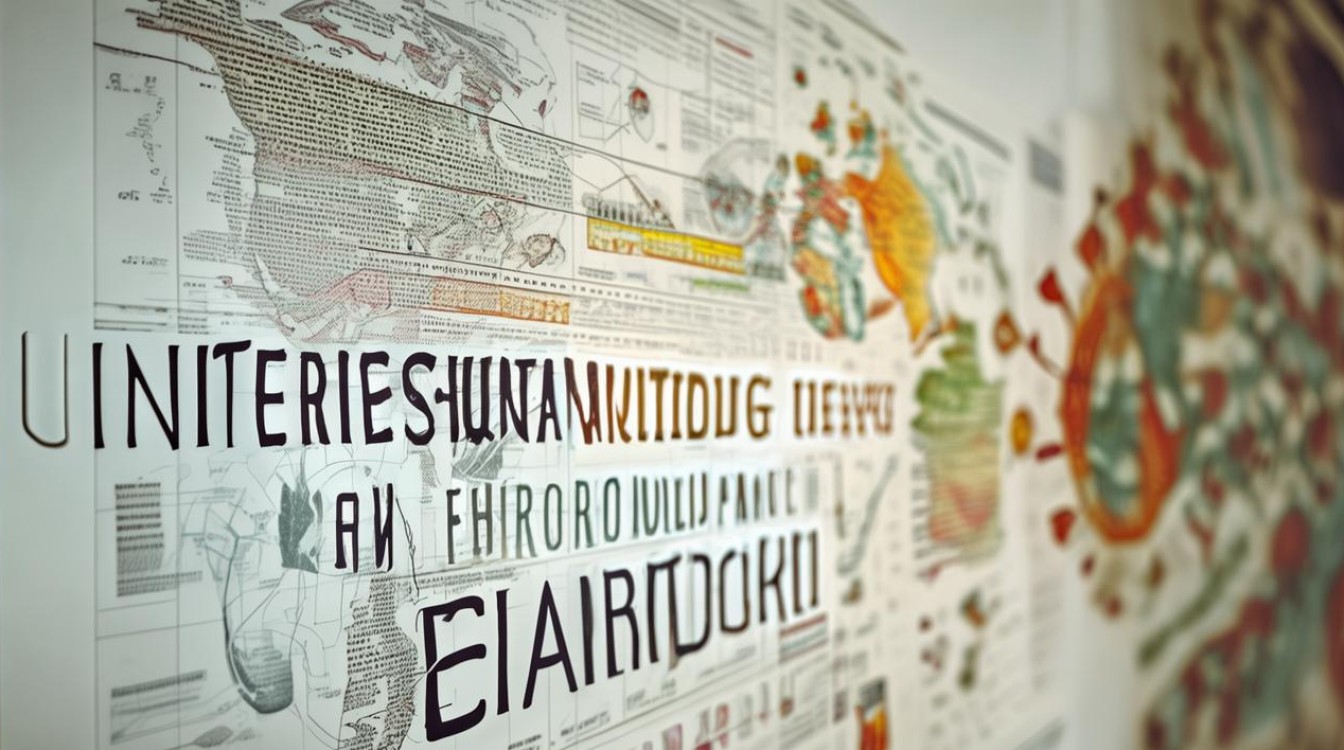The outbreak of the new coronavirus (COVID-19) has reshaped the world in unprecedented ways. From public health measures to economic disruptions, the pandemic has left a lasting impact on societies across the globe. Understanding its origins, transmission, and preventive measures is crucial for individuals and communities to navigate this crisis effectively.

Origins and Spread of COVID-19
COVID-19 was first identified in Wuhan, China, in late 2019. Scientists believe the virus likely originated in bats before transmitting to humans, possibly through an intermediate animal host. The rapid spread was facilitated by international travel, leading the World Health Organization (WHO) to declare it a pandemic in March 2020.
Unlike previous coronaviruses, such as SARS and MERS, COVID-19 demonstrated higher transmissibility, with many cases being asymptomatic. This characteristic made containment efforts particularly challenging, as individuals could unknowingly spread the virus.
Symptoms and Health Risks
Common symptoms include fever, cough, fatigue, and loss of taste or smell. While most cases are mild, severe infections can lead to pneumonia, acute respiratory distress syndrome (ARDS), and even death, particularly among older adults and those with underlying health conditions.
Emerging variants, such as Delta and Omicron, have further complicated the situation. Some variants exhibit increased transmissibility or resistance to existing vaccines, necessitating ongoing research and updated immunization strategies.
Global Response and Public Health Measures
Governments worldwide implemented various strategies to curb transmission. These included lockdowns, travel restrictions, mask mandates, and social distancing guidelines. While effective in slowing the spread, these measures also sparked debates over personal freedoms versus collective safety.
Vaccination campaigns became a cornerstone of the pandemic response. Developed at record speed, vaccines from Pfizer, Moderna, AstraZeneca, and other manufacturers significantly reduced severe illness and death. However, vaccine hesitancy and unequal distribution between wealthy and low-income nations remain significant challenges.

Economic and Social Impact
The pandemic disrupted global supply chains, leading to shortages of essential goods. Many businesses, particularly in hospitality and tourism, faced closures, while remote work became the norm for office employees.
Education systems also adapted, with schools shifting to online learning. While digital platforms provided continuity, the lack of in-person interaction affected students' social development and mental health.
Preventive Measures and Future Preparedness
To mitigate future outbreaks, experts emphasize the importance of early detection, transparent data sharing, and international cooperation. Strengthening healthcare infrastructure and investing in research for antiviral treatments are also critical.
On an individual level, maintaining good hygiene, staying informed through reliable sources, and supporting vaccination efforts can help prevent further spread. Misinformation remains a significant hurdle, making it essential to rely on scientific evidence rather than unverified claims.
The COVID-19 pandemic has underscored the interconnectedness of our world. While challenges persist, collective action and scientific advancements offer hope for a more resilient future. Moving forward, global solidarity and adaptive strategies will be key in overcoming not only this crisis but also potential future health threats.

